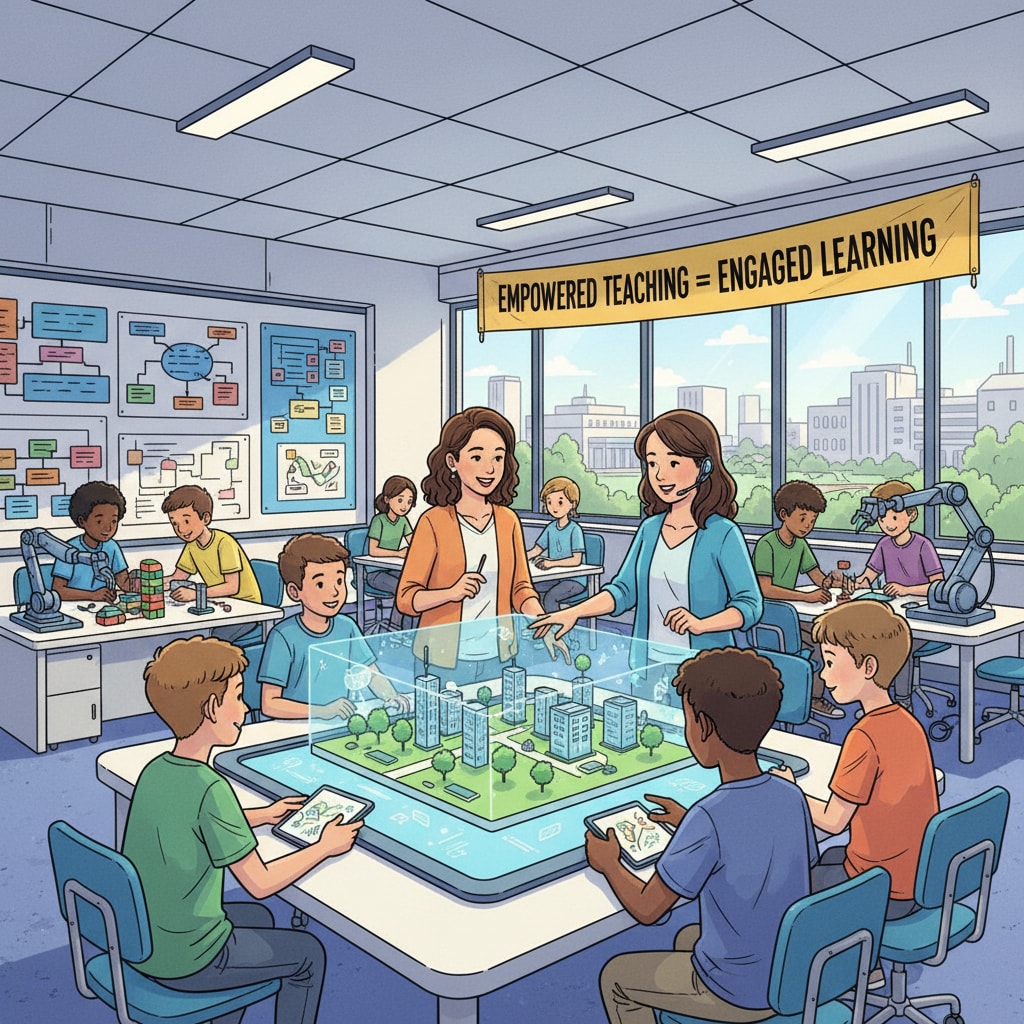In the realm of education, non – traditional leadership structures, school management, and alternative education models are emerging as significant areas of exploration. In recent years, some K12 schools in Australia, the UK, and the US have been pioneering new ways of leading and managing educational institutions. These alternative models are challenging the long – held belief that a single principal at the helm is the only way to run a school.

Distributed Leadership: A Key Pillar
One of the hallmarks of these non – traditional leadership structures is distributed leadership. Instead of concentrating all decision – making power in the hands of a principal, the responsibility is spread across multiple individuals within the school community. For example, teachers, students, and even parents can be involved in shaping school policies and making important educational decisions. This approach, as described on Distributed Leadership on Wikipedia, empowers the entire school community and promotes a sense of ownership. Teachers, who are often on the front lines of education, can contribute their in – depth knowledge of the curriculum and student needs. As a result, decisions are more likely to be well – informed and tailored to the specific requirements of the school.
Teacher Autonomy and its Impact
Teacher autonomy is another crucial aspect of these alternative education models. In schools with non – traditional leadership structures, teachers have more freedom in designing their lessons, choosing teaching methods, and assessing students. This autonomy, as Educational Leadership on Britannica points out, can lead to increased job satisfaction and creativity in the classroom. Teachers are no longer bound by strict top – down directives. Instead, they can experiment with innovative teaching strategies that better engage students. For instance, a teacher might decide to implement project – based learning in their class, which encourages students to think critically and solve real – world problems.

Moreover, teacher autonomy also fosters a culture of continuous professional development. Teachers are more likely to seek out new learning opportunities and collaborate with their peers to improve their teaching skills. This, in turn, benefits the students, as they receive a more dynamic and engaging education.
In conclusion, the exploration of non – traditional leadership structures in school management and alternative education models offers a fresh perspective on how schools can be led and managed. These models, with their emphasis on distributed leadership and teacher autonomy, have the potential to transform the educational landscape. By involving a wider range of stakeholders and giving teachers more freedom, schools can create a more inclusive, innovative, and effective learning environment.
Readability guidance: Short paragraphs and lists have been used to summarize key points. Each H2 section provides a clear focus. The proportion of passive voice and long sentences has been controlled, and transition words have been added throughout the text to enhance flow.


